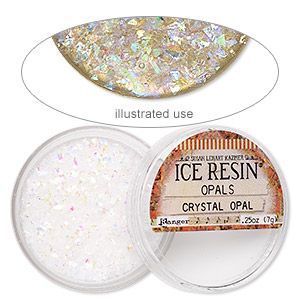Ceramic Hardness Mohs

Let s start with a little background on both pencil hardness and the infamous mohs scale.
Ceramic hardness mohs. To test the mohs hardness scale of high alumina ceramics tiles you only need. Hardness and specific gravity are two of the major characteristics of rocks. 2 2 5 fingernail 2 5 3 gold or silver jewelry 3 3 5 copper coin 4 5 iron 5 6 b2b ceramic tile 5 5 steel. Created in 1812 by german geologist and mineralogist friedrich mohs it is one of several definitions of hardness in materials science some of which are more quantitative.
These knife blades are usually produced through the dry pressing and firing of powdered zirconia using solid state sintering it is 8 5 on the mohs scale of mineral hardness compared to 4 5 for normal steel and 7 5 to 8 for hardened steel and 10 for diamond. A ceramic knife is a knife designed with a ceramic blade typically made from zirconium dioxide zro 2. Mohs an austrian mineralogist developed this scale in 1822. Also known as zirconia.
The mohs scale of mineral hardness m oʊ z is a qualitative ordinal scale characterizing scratch resistance of various minerals through the ability of harder material to scratch softer material. You can use commercially available professional testing kits like the set depicted above or do a mohs test yourself using commonly available materials you can find around the house or office. The method for measuring the hardness of fine ceramics is defined in jis r 1610 iso 14705. It s a common misconception that coating manufacturers use the mohs scale.
Hardness of some common items on the mohs scale. The hardness of fine ceramics is generally indicated using a vickers hardness number. Place a piece of tested alumina ceramics tiles on a rigid support. Vickers hardness is a resistance value obtained by pressing a diamond indenter onto a test specimen.
Ceramic coatings are graded with regards to the hardness of the product by comparison to the pencil hardness scale. Selection of different mohs standard ore to scratch the surface of ceramic tile. The pencil hardness method was originally developed by pencil manufacturers as a quality control method in the early 1900 s if two different pencils cause the same scratch damage to a coating then they are considered the same hardness simple.


















